The wind is the most powerful element paddlers have to deal with on the water. In this article, we discuss important tips you can use for paddling during a windy day.
______________
SUP is an activity that allows you to connect with the natural world.
You can paddle on local lakes or rivers, or the ocean, pull up along the shore, hike, or even camp.
It’s even likely you’ll see plenty of wildlife living in their natural habitat.
These are reasons enough to give SUP a try. But as an outdoor activity, it is entirely weather dependent.
When storms roll through or an afternoon wind picks up, your fun, peaceful experience can become difficult. And in some instances, even dangerous.
There are ways to avoid these situations. And ways you can paddle through a windy day in order to return to your launch location.
In this article, we discuss the best ways to deal with a windy day. Hopefully, the next time an afternoon wind picks up, you’ll be better prepared while on the water!
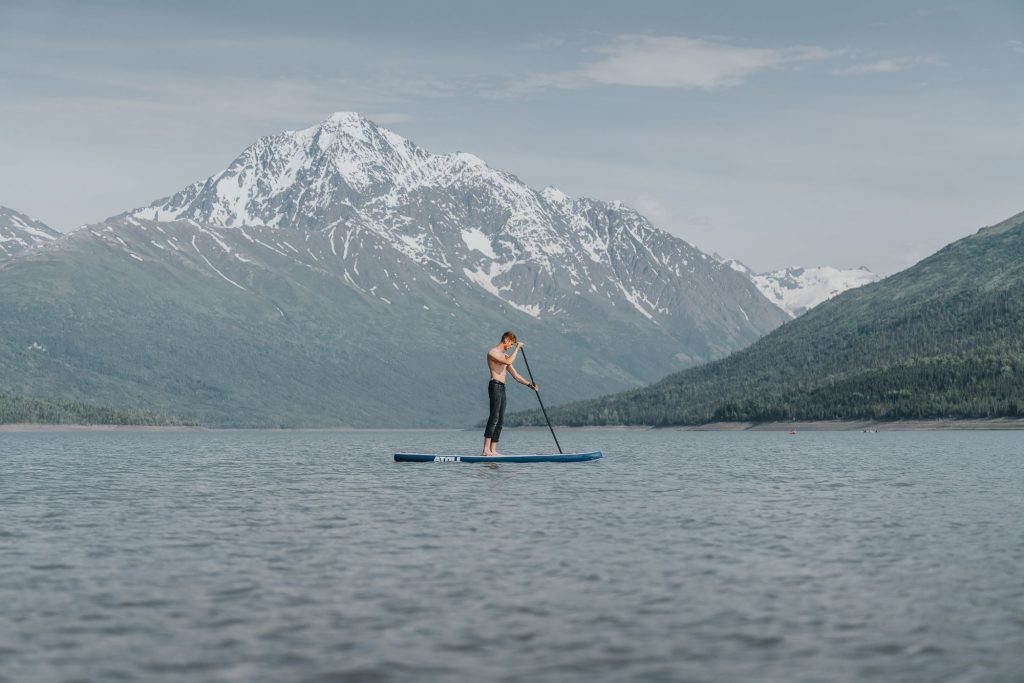
Know Before You Go
The absolute best way to paddle on a windy day is to avoid it altogether.
That’s easier said than done. But in our modern age, we’re blessed with the proper technology to give us fair warning about the wind strength and direction before we even leave our houses.
There are a number of apps out there designed to give you a full rundown of what the wind and weather are doing within the hour.
With this technology at hand, you should always know what the wind is doing before you go. Make it a habit to give it a check before you load up and head to the launch spot.
If the wind is too strong, you can wait for another day. Or at the very least alter the direction you plan on paddling.
To get a full rundown of the best apps available today for wind and weather, refer to our previous article, “Top 6 Paddle Boarding Apps You Need This Summer.”
Assess Your Skill Level
Before tackling windy conditions, it’s crucial to honestly evaluate your paddling skills. Wind can quickly turn a leisurely paddle into a challenging adventure. If you’re a beginner or intermediate paddler, stick to calmer days or protected areas when winds are forecasted.
As you gain experience and confidence, you can gradually progress to more challenging conditions. Remember, there’s no shame in postponing your paddle if the conditions exceed your current abilities – it’s always better to be safe than sorry.
Head Into the Wind
One of the biggest mistakes beginners make is paddling with the wind after they leave their launch location.
It’s an easy and understandable mistake to make.
First, most beginners are not aware of the wind. They’re paying attention to standing and staying upright.
Second, they usually don’t have the paddling strength to turn into the wind and are often at the mercy of where it’s blowing.
And third, it’s just easier to paddle with the wind!
However, on a windy day, always paddle into the wind on the way out. We cannot stress this enough.
If you want to have a fun and safe time on the water, you need to start it off by paddling into the wind.
Why?
You might initially struggle to get going, but the return trip when you’re tired and worn out will be easy.
If you’re not the strongest paddler, you do not want to paddle with the wind on the way out, using your energy by paddling miles away, and then having to make the same trip with the same distance back to your launch spot paddling against the wind.
This is a difficult and often dangerous situation that sometimes requires rescue.
Just remember – on the way out, paddle into the wind. On the way back, with the wind.
Your arms will thank you.
Change Your Feet Position
This tip should only be used when paddling into the wind.
While paddling, move your feet about 4-5 inches or a few steps forward towards the nose.
This will sink the nose of your board down into the water which will offer less resistance to the wind.
The aim is to remain more aerodynamic. If you’re in your regular standing position or farther back, the nose of the board will lift and offer more resistance in the headwind and make your paddle more difficult.
To avoid this scenario, move forward on your board while paddling into the wind.
Lower Center of Gravity
When you stand on your board, your body acts as a sail and offers resistance to the wind.
Often, this is a losing battle.
If you find yourself struggling in the wind, bend your knees, hunch down, and create a smaller sail for the wind to push up against.
If this position does not work, you can always drop to your knees. From this smaller center of gravity, the wind will have less surface area to push against and you should be able to get through stronger gusts.
Just remember to choke up on your paddle to make it easier in this position.

Quick Strokes
Long, slow strokes often don’t work in a strong wind. With a paddle stroke like this, by the time you complete the catch and release, the wind will have kept you in the same spot as you were before your stroke.
Instead, you’ll need to take short, quick strokes in order to counter the wind. In addition, your paddle acts as resistance to the wind as well. To counter this, you’ll need to feather your blade while it is out of the water in between strokes.
This means turning it so the edge of the blade is facing the wind instead of the front of the blade. This will allow you to cut through wind resistance with ease in between the catch, or the initial drop of the blade into the water, and the release when the blade exits the water to start your stroke again.
If you still struggle with your paddle stroke technique, check out our previous article, “How to Paddle Efficiently: Tips on the Perfect Paddle Stroke.“
Or upgrade to a carbon fiber paddle. The lighter weight of the paddle will allow you to paddle quickly without tiring your arms out faster. The weight of your paddle might not seem like a big deal at first – but it can make all the difference!
Proper Gear
Windy days can be difficult to paddle.
Any increase in difficulty means an increase in danger. If you find yourself in a strong wind you will need the proper equipment to keep you safe.
Always wear a PFD (personal flotation device) on your person either in vest form or belt pack form, and a strong leash.
Your PFD can be used if you find yourself knocked off your board with no way to get back on. And your leash tethers you to your largest flotation device on the water – your board.
In some extreme instances, it can be better to be separated from your board and just use your PFD to stay afloat until help arrives.
If you find yourself in this type of extreme situation, always make sure your leash is attached somewhere you can easily release it. That way, your board doesn’t take you where you don’t want to go if you happen to fall in.
In addition, it’s a great idea to tell people when and where you’re paddling. In case you don’t return on time, they can alert authorities. And even better, carry your cell phone with you in case you need assistance. Carry it in a high-quality waterproof cell phone bag to keep it safe.
With the proper safety equipment, you’ll be covered no matter what happens.
Take Breaks
The weather can change quickly. When this happens it’s difficult to know what to do, let alone paddle.
In these situations, you have two options:
- Try to make it back to your launch location
- Head to the shore and wait for the wind to die down
Either way, when you feel yourself getting tired, remember to head to shore and take a break. Fatigue can rapidly set in when the wind is strong. And a fatigued paddler is one that is in danger.
Make sure you don’t wear yourself out by taking appropriate breaks when necessary.
Conclusion
To sum it up, the top tips for paddling in a wind are:
- Know the wind speed direction and speed before you go. This will better prepare you for the day.
- Always head into the wind on the way out. With the wind on the way back.
- Pay attention to any changing conditions. The wind can sometimes switch directions. Make sure you make a note if it does.
- Change for feet position. While heading straight into the wind, move your feet closer to the nose of your Paddle board. This will sink the front of your SUP and help to reduce resistance and drag.
- Keep a low center of gravity. When standing straight up, your body produces extra resistance to the wind. To counter this, crouch down into an athletic position, or even better, drop to your knees.
- Use quick strokes to cover more ground in a headwind.
- Always wear the proper safety gear. The wind can often be the most dangerous element for a paddler. Make sure you’re safe. And bring your cellphone with you if possible.
- Take breaks when necessary.
- Know you skill level.
The best way to paddle in a strong wind is to avoid it altogether. Of course, this isn’t always the best solution, especially when the conditions can change in an instant. So, in those times when it can’t be avoided, we hope these few tips for paddling during a windy day will keep you safe and smiling while on the water.
Questions, comments? Drop us a message and we’ll get back to you ASAP! At Atoll we’re here to help you have the best time on your SUP as possible — so you can keep adventuring on.



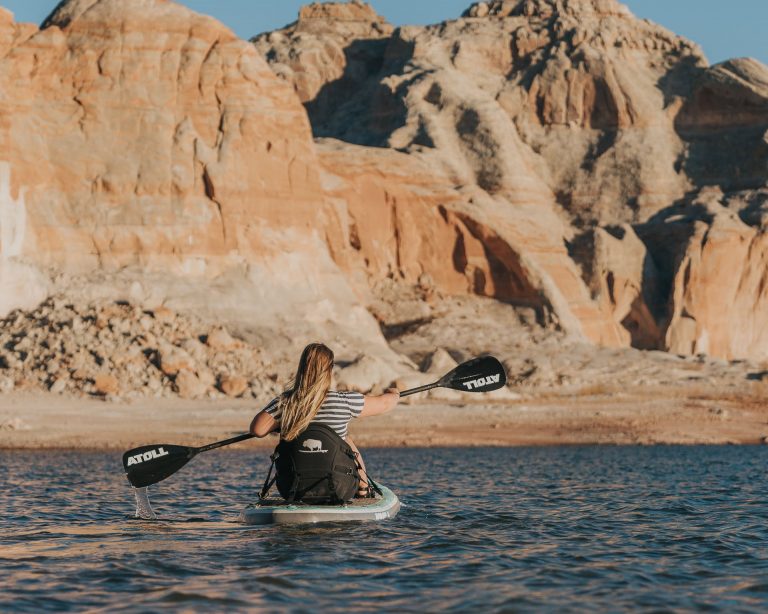

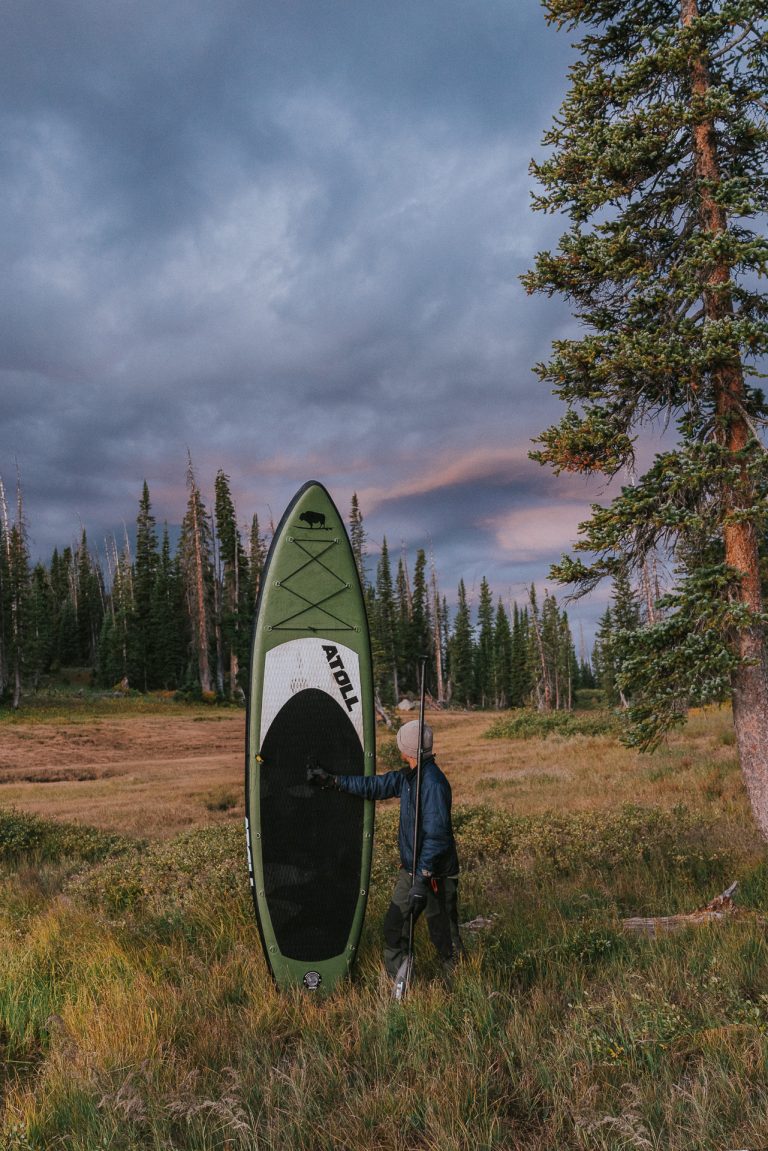

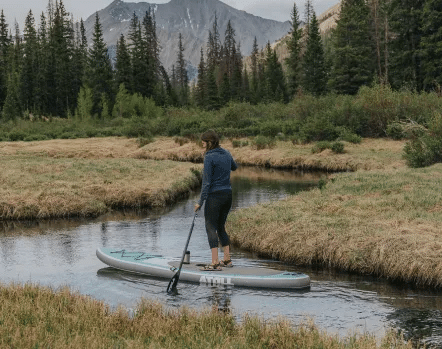

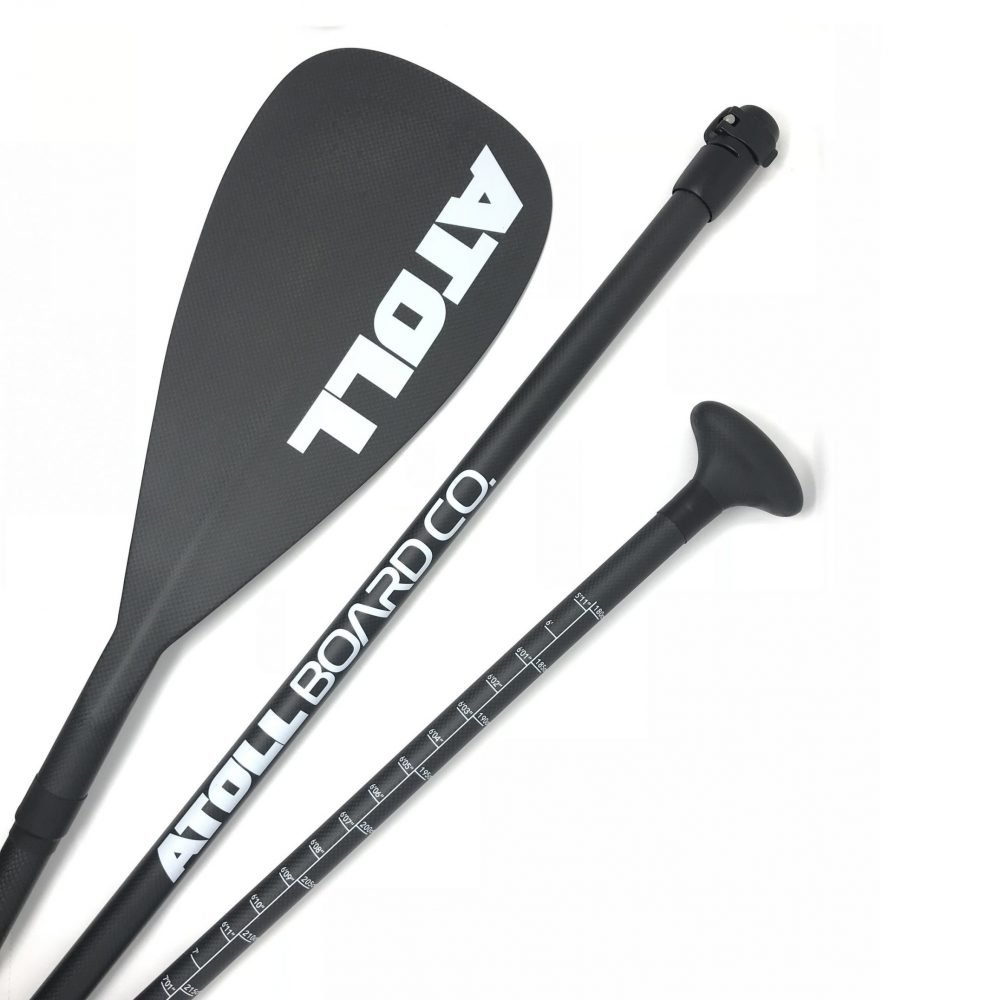
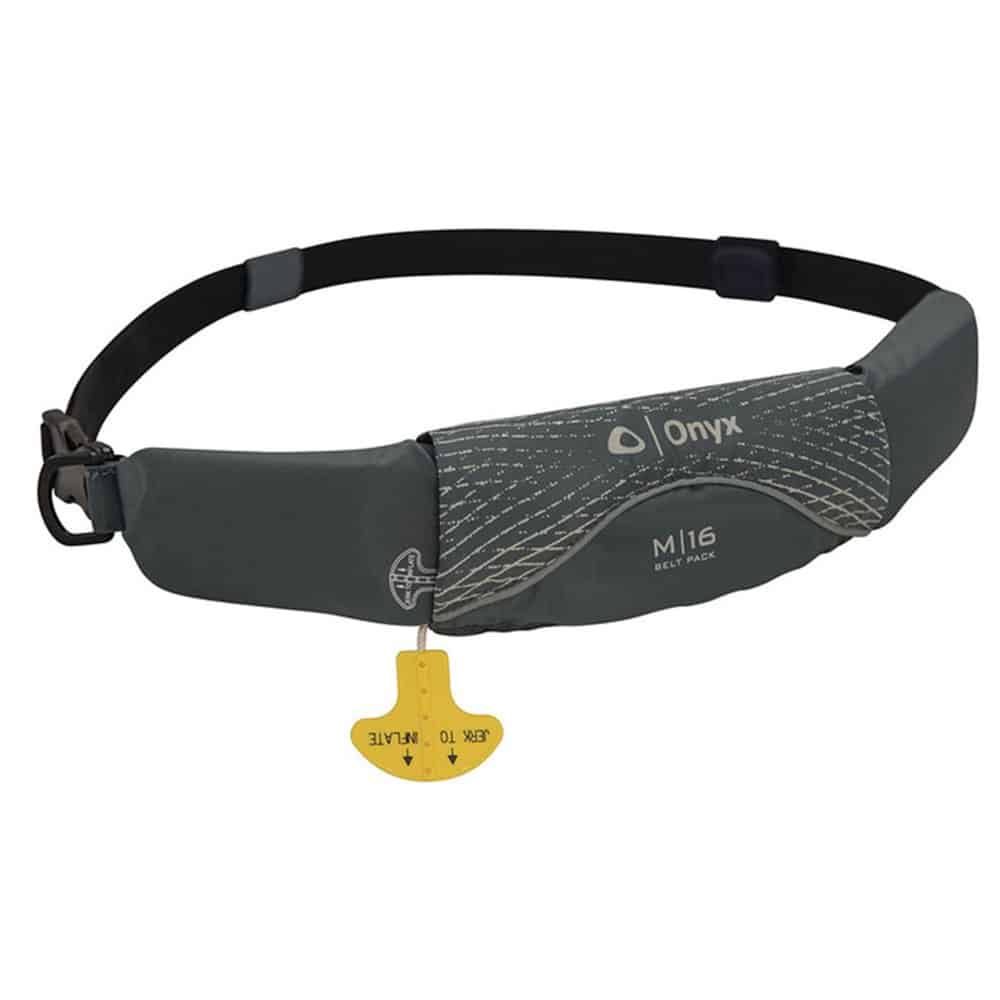
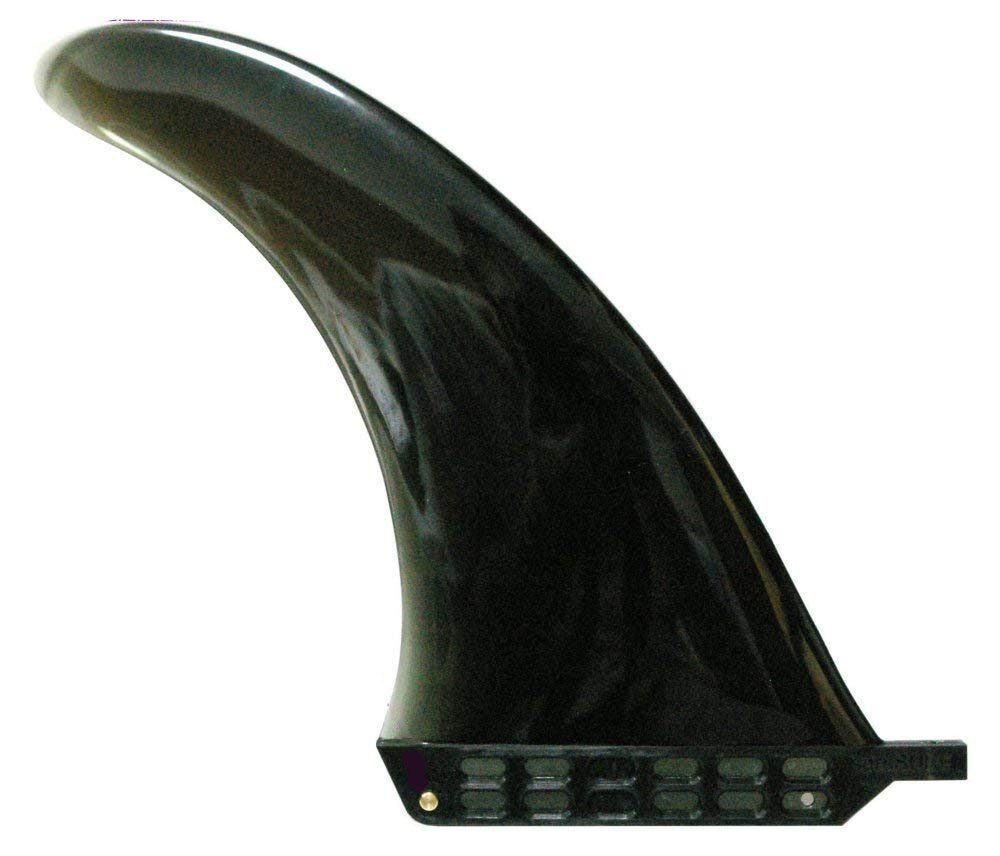
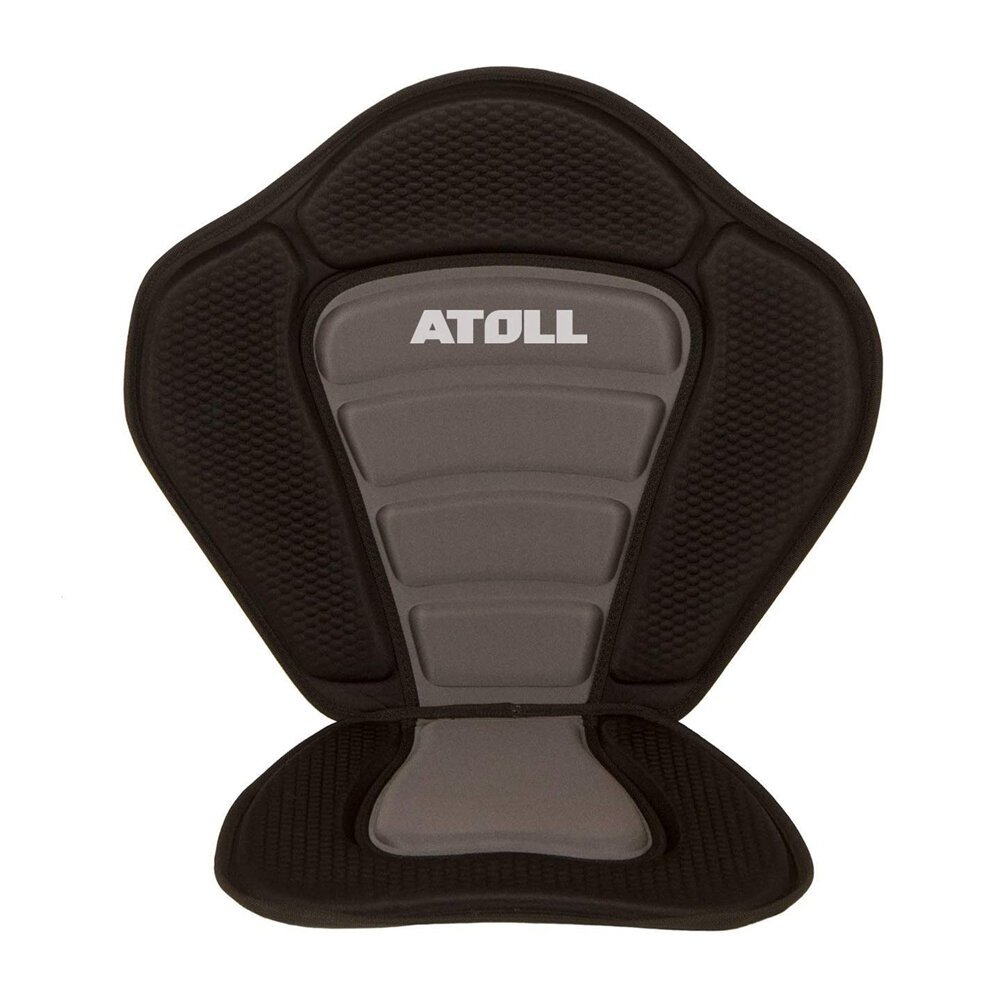
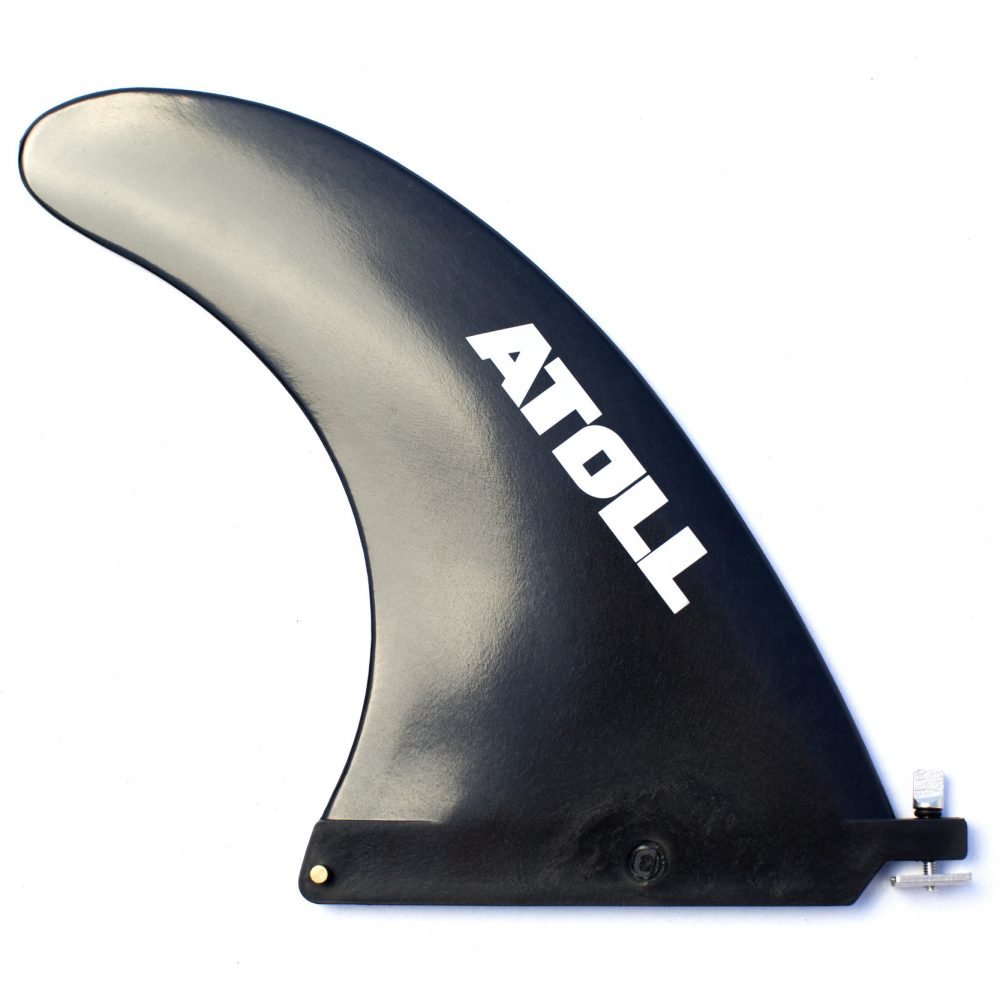
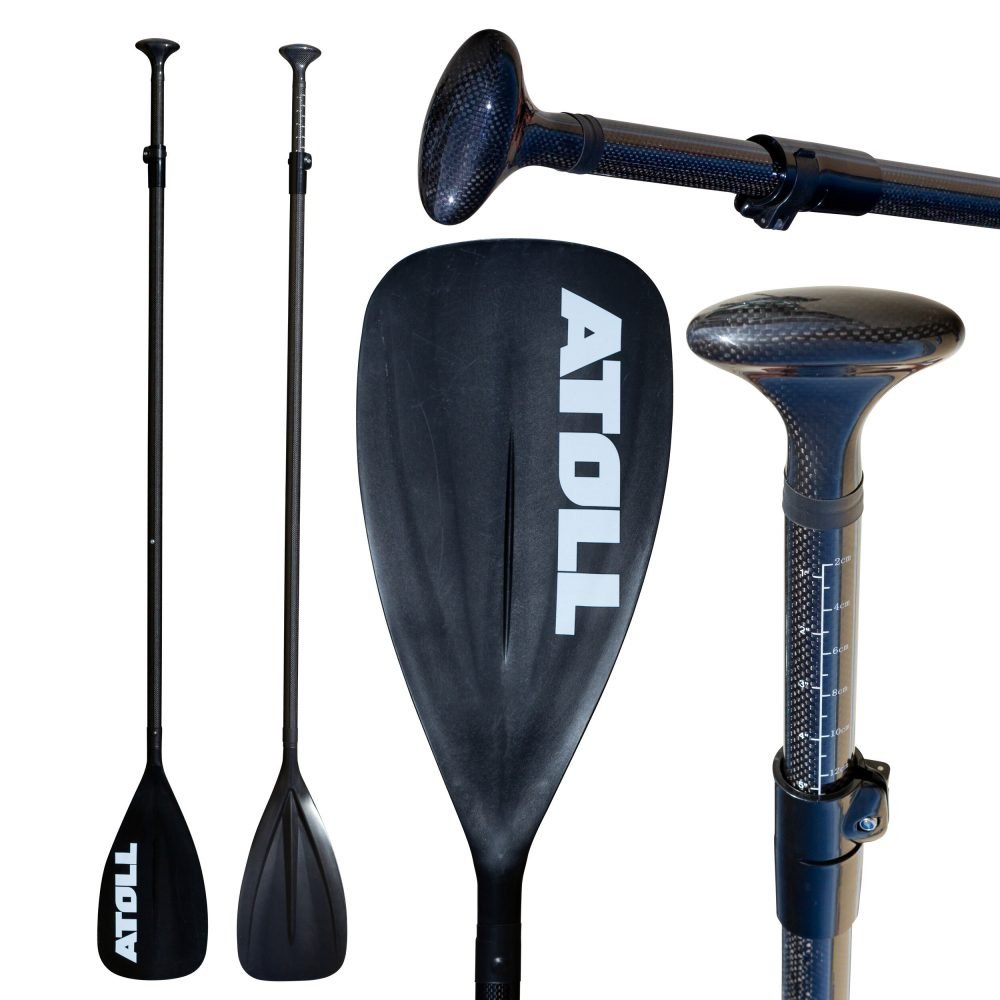
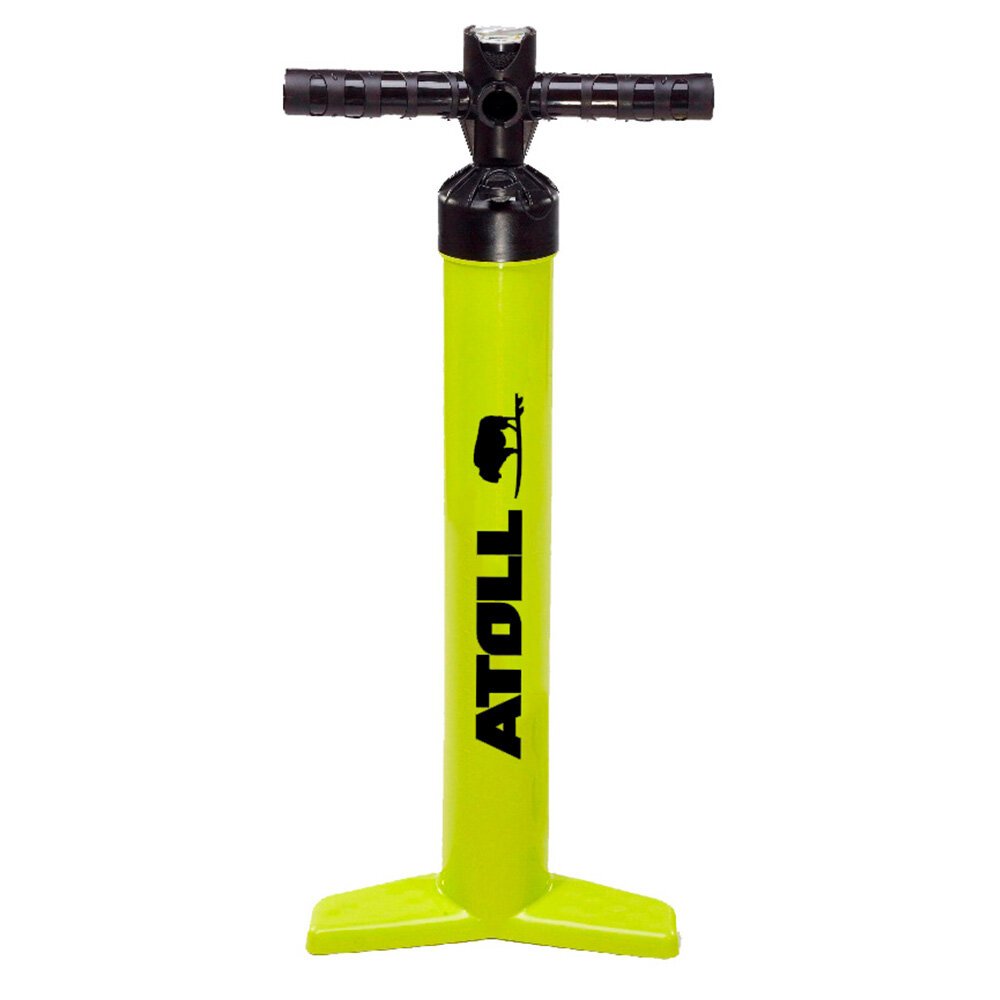
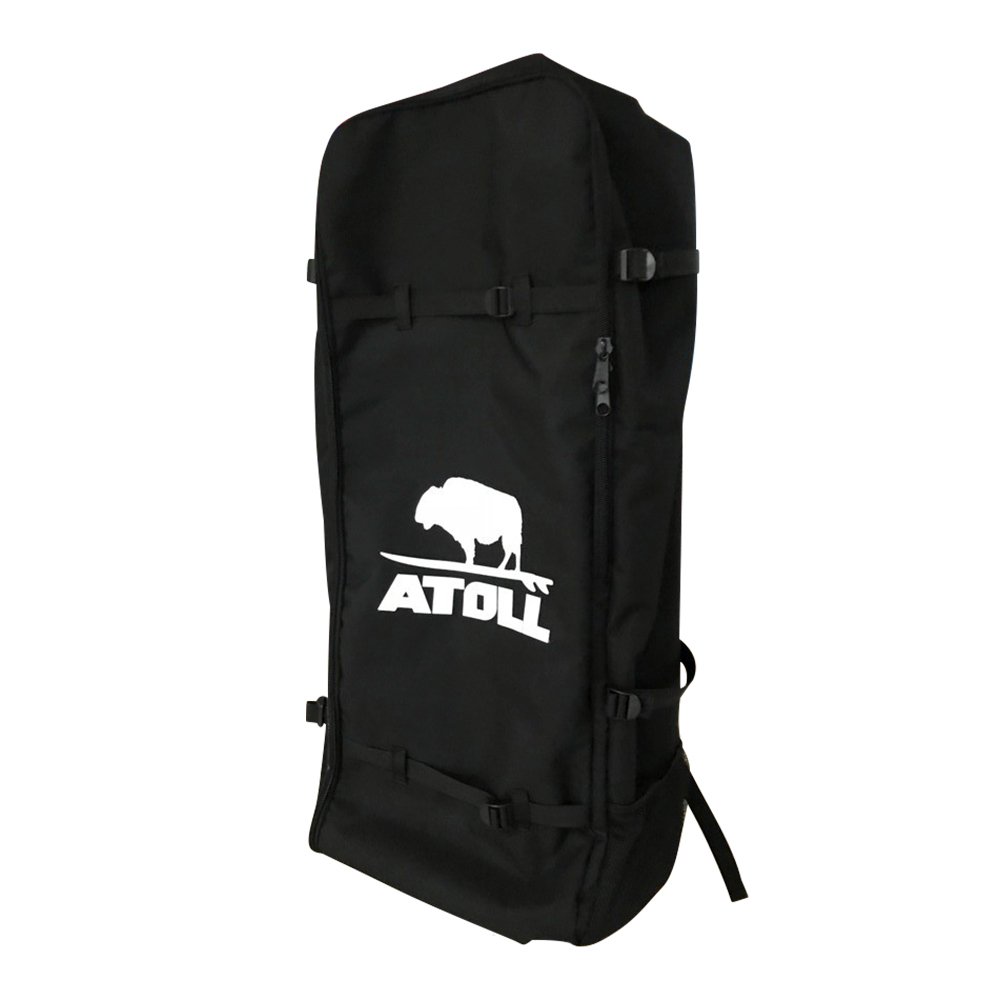


5 Responses
Awesome info
Thanks! Let us know if you have any specific questions you’d like us to answer.
Been there done that! A windy day is a paddle boarders nightmare! When I returned from a day like that, first thing I did was order another paddle blade to convert the single paddle into a kayak type paddle for easier, quicker maneuvering. I keep it handy!
Yes! Most people pay attention to the rain/weather (which you should do as well) but it’s the wind that will give you the most problems on the water. And great move – the kayak conversion option is the best way to counter strong gusts.
thank you for making this article very useful and keep up the good work